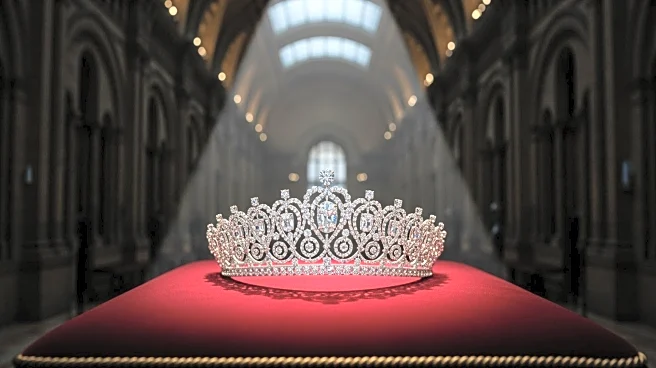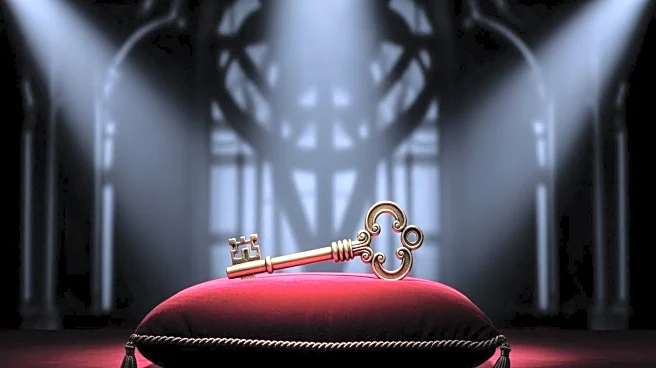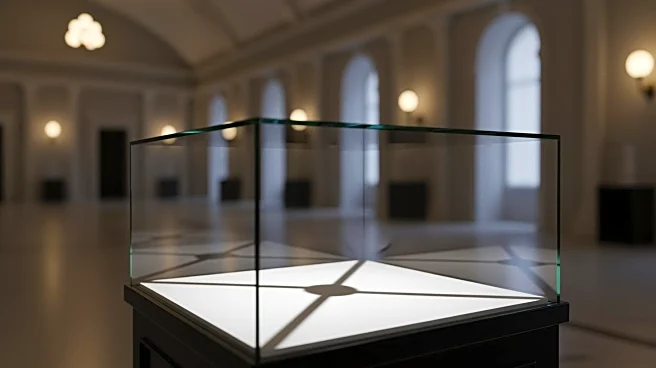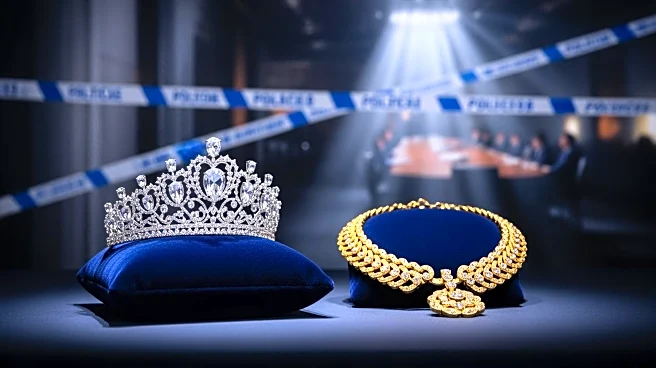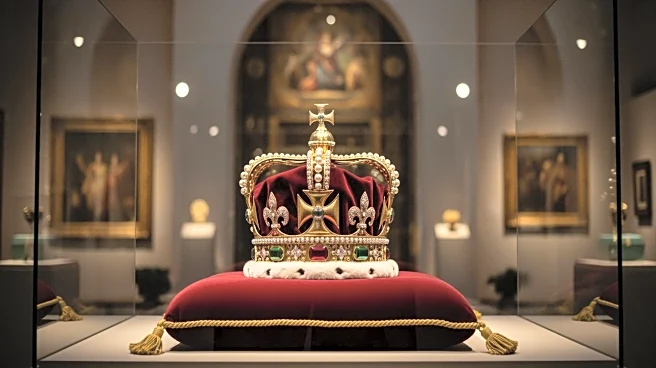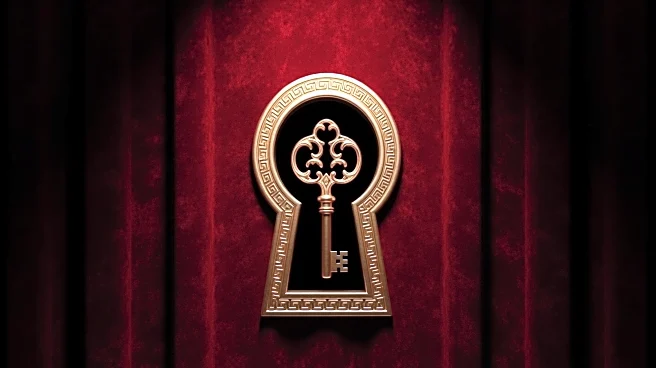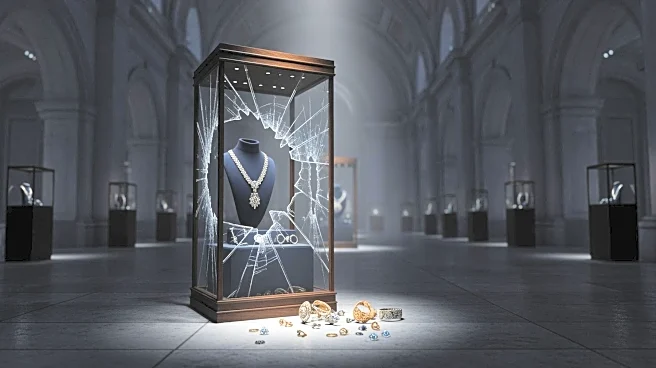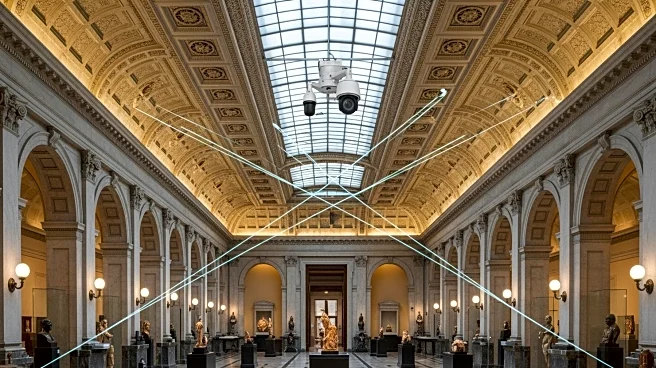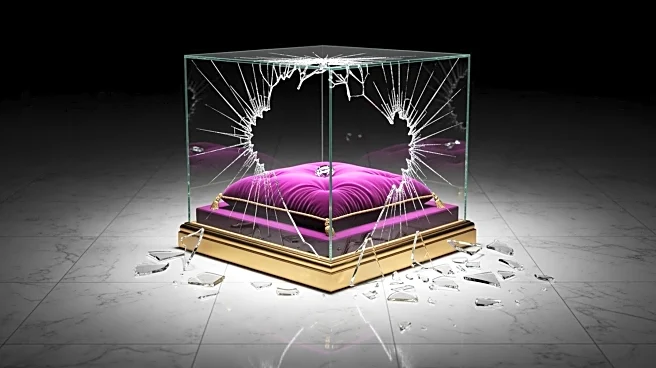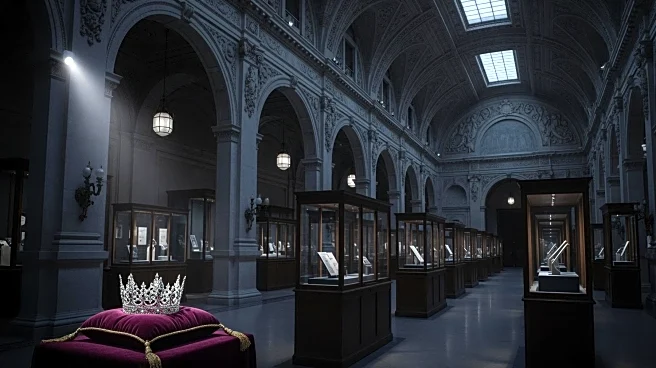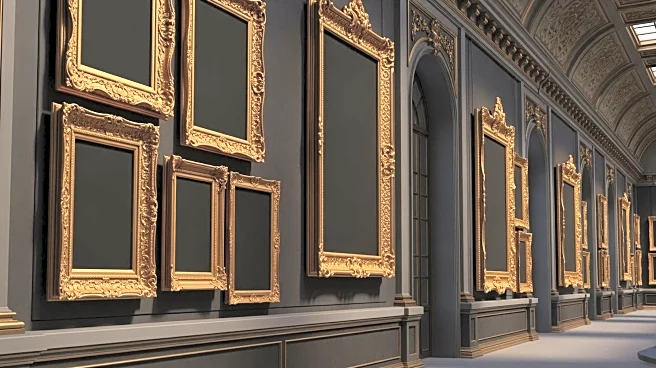What's Happening?
A group of US tourists, including Curt Dale Clark, Artistic Director of the Maine State Music Theatre, experienced a frightening moment at the Louvre Museum in Paris when thieves executed a daring daytime
heist. The robbers, posing as construction workers, used a construction lift to access a second-floor window, cut through it, and stole artifacts valued at approximately $102.1 million. The heist occurred in the Galerie d’Apollon, where the thieves made off with thousands of diamonds and other priceless jewels before escaping on scooters. The incident left the tourists shaken, as they initially feared a terrorist attack due to the presence of heavily armed officers. French authorities are actively investigating the theft, with more than 100 investigators working to identify the four suspects involved.
Why It's Important?
The heist at the Louvre Museum highlights significant security challenges faced by cultural institutions worldwide. The theft of such valuable artifacts not only represents a substantial financial loss but also a cultural one, as these items are irreplaceable pieces of history. The incident underscores the need for enhanced security measures at museums to protect against sophisticated criminal activities. Additionally, the event has implications for tourism, as it may affect the perception of safety at major tourist attractions. The successful execution of the heist could embolden other criminal groups, potentially leading to increased security concerns for museums globally.
What's Next?
French authorities are conducting a thorough investigation, including DNA analysis on items left at the scene, to apprehend the suspects. The stolen jewels, which are uninsured, pose a challenge for recovery, as there is a risk they could be destroyed for resale. The Paris Public Prosecutor, Laure Beccuau, expressed hope that the criminals might reconsider destroying the jewels due to their historical value. The investigation remains open, and authorities are likely to increase security measures at the Louvre and other cultural sites to prevent future incidents.
